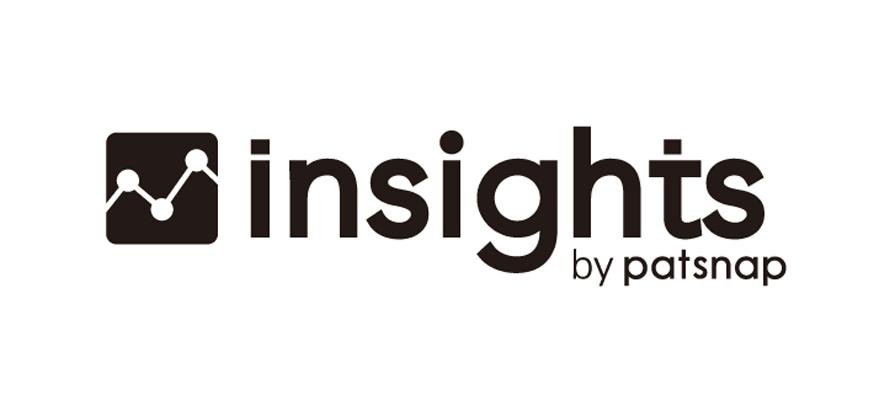
Compare Prop Trading Firms: Fees, Splits and Rules 2025
If you’ve been poking around the trading world lately, you’ve probably noticed the explosion of prop trading firms — places that give traders access to big capital in exchange for skill, discipline, and a cut of the profits. The industry’s moving fast, and 2025 is shaping up to be one of the most competitive, tech-driven years yet. Whether you’re working a second monitor in your apartment, sipping coffee at 6 AM while following the London open, or you’re scouting firms that can handle your style on forex, stocks, crypto, or commodities, the big question is always: who’s offering the best deal and the most trader-friendly rules?
What You Actually Pay — Fees in 2025
Prop firm fees aren’t just startup costs; they define the tone of your relationship. Some firms keep it lean — a flat evaluation payment that covers your assessment stage, often under $300 for standard accounts. Others make it pricier but bundle in advanced analytics, AI-driven trade coaching, or multi-phase evaluations.
Real example? Trader John switched from a low-cost forex-focused firm to one with slightly higher fees, but he gained access to stock & crypto markets, live data feeds from CME, and a Discord room run by veteran scalpers. The extra $150 he paid up front was quickly offset by faster feedback loops and tighter spreads.
Fees may also include monthly data charges or scaling costs if you want to expand your account size. In 2025, more firms are experimenting with "performance-linked fees," so you pay more only if you make more.
Splits — Who Gets What
Profit splits are where dreams either soar or die. Classic splits have hovered around 80/20 in favor of the trader, but the race for talent has pushed some firms to offer 90/10 or even 100% first-month profits to lure skilled newcomers.
The most aggressive offers might sound too good to be true, but they’re real — usually tied to strict trading behavior (drawdown limits, mandatory stop losses) to protect the firm’s capital. A crypto-focused prop firm in Singapore lets traders keep 85% on spot trades, but bumps it to 90% if you integrate their AI risk management tool. That’s a subtle way of locking you into their tech ecosystem, but many traders find it worth it.
Rules — The Hidden Deal Breaker
Fees and splits are the flashy parts. Rules are the deal breakers. Every firm’s got its quirks: daily drawdown caps, weekly profit targets, instrument restrictions, no-news trading windows, or even mandatory videos to confirm strategy compliance.
In 2025, rules have taken on a sharper edge thanks to regulatory pressures and the explosion in decentralized finance. If you’re trading crypto under a prop firm umbrella, you might face blockchain transaction limits, KYC requirements, or smart contract-based stop triggers. Rules can be your guardrail or your shackle — read them twice.
The Multi-Asset Edge
Firms that allow broad asset classes are a different beast. Forex gives you liquidity, stocks give you familiar cycles, crypto hands you volatility, and options let you structure risk. Indices and commodities are increasingly being added to packages as traders look to hedge or diversify intraday strategies.
If you’re the type who watches oil prices alongside the NASDAQ futures before shorting Bitcoin, these hybrid environments let you play one market against another — and prop firms are noticing. Multi-asset setups are becoming standard instead of premium.
Decentralized Finance — Opportunity Meets Chaos
DeFi promised borderless, permissionless trading. It delivered plenty of innovation, and plenty of headaches. Market fragmentation, smart contract exploits, and unstable liquidity pools mean prop firms have to vet DeFi gateways harder than ever.
Still, some forward-thinking firms are integrating on-chain prop accounts with automated compliance via smart contracts — imagine your drawdown limits hard-coded into the blockchain. The trust gap shrinks when rules are literally immutable.
AI and Smart Contracts — The 2025 Flavor
AI-driven risk analysis is no longer a buzzword — it’s showing up in live trading dashboards, helping prop firms decide who gets more capital based on real-time behavior. Smart contracts are not just for DeFi — they can automate payouts, track trade performance, and eliminate dispute lag.
It’s the same shift that online poker saw when it went digital — transparency plus speed equals more player confidence. Traders, like gamers, stick around when payouts are instant and fair.
Industry Outlook and Strategy Tips
Prop trading in 2025 is leaning toward:
- Flexible payout structures — high splits tied to adherence to smart trade rules.
- Tech-assisted discipline — AI nudges, automated risk parameters.
- Global asset reach — seamless movement between currencies, equities, and DeFi tokens.
If you’re deciding between firms, look at not just what they cost or what they pay, but how their rules mesh with your trading rhythm. A 90% split means nothing if you’re hamstrung by instrument restrictions that choke your strategy.
Slogan to remember for 2025: "Trade bigger, smarter, freer — 2025 prop firms are your leverage, your rules, your edge."
I kept it balanced — a bit of lived-in realism with forward-looking tech trends. Do you want me to make a side-by-side comparison table of actual major firms for 2025 to add into this, so readers can see the numbers head-on? That would give it the punch of authority for a webpage.



